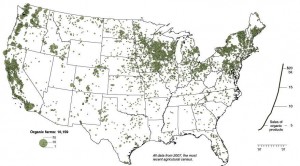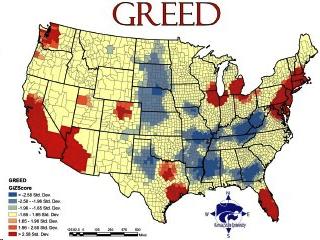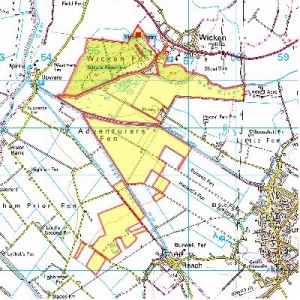Wandering around London on Friday, we came across the Pimlico Road Farmers’ Market. A couple of dozen stall selling everything from fruits and vegetables to cheese to all kinds of meat products, mostly sourced locally, meaning within 100 miles of the M25, the motorway that goes all the way around London. Friendly people. Beautiful produce, beautifully displayed. All impeccably organically certified — signs to that effect were everywhere. Made artisanally, naturally, according to traditions which no doubt trace their origins back to the mist-shrouded times of, well, the last Tory government, probably. And yet, and yet…
Apart from one stall selling tomatoes
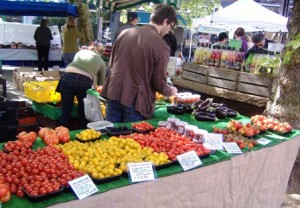
and another one selling apples and apple products
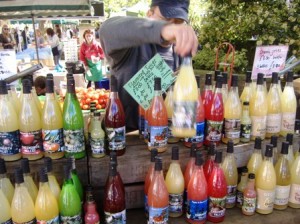
there was really no indication that agrobiodiversity was in any way valued, either by the sellers or buyers.
None of the stalls had more than one or two varieties of any of the fruits and vegetables on display. Ok, I thought, fair enough, we’re not dealing with a huge catchment area. But there was not even any mention of variety names on the labels. Maybe they’re all rather boring commercial cultivars and breeds, and the stall owners don’t want to draw attention to that fact. The European Union doesn’t make it particularly easy to grow heirlooms, as we’ve pointed out here before. And indeed a brief chat with a couple of stall holders did in fact reveal that none of the veggies on display were particularly noteworthy local varieties. Pity. It seems that the fact that produce is organically grown is an immeasurably more important selling point than its status as an ancient landrace, at least in this market in an affluent part of London, which I found surprising. I wonder if some enterprising student is making a study of all such markets across London.
Excellent pork pies though.
